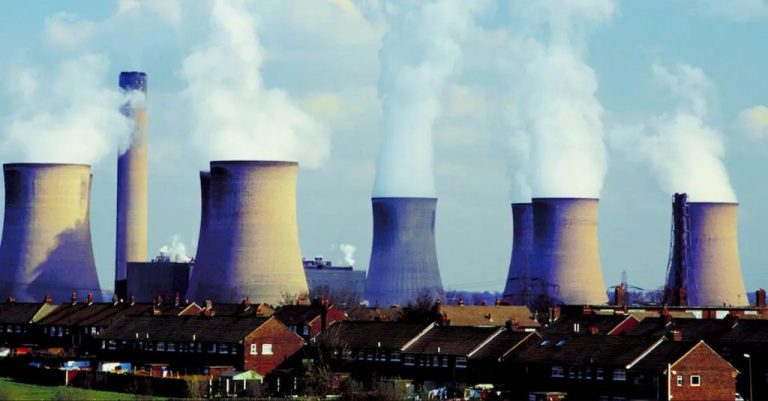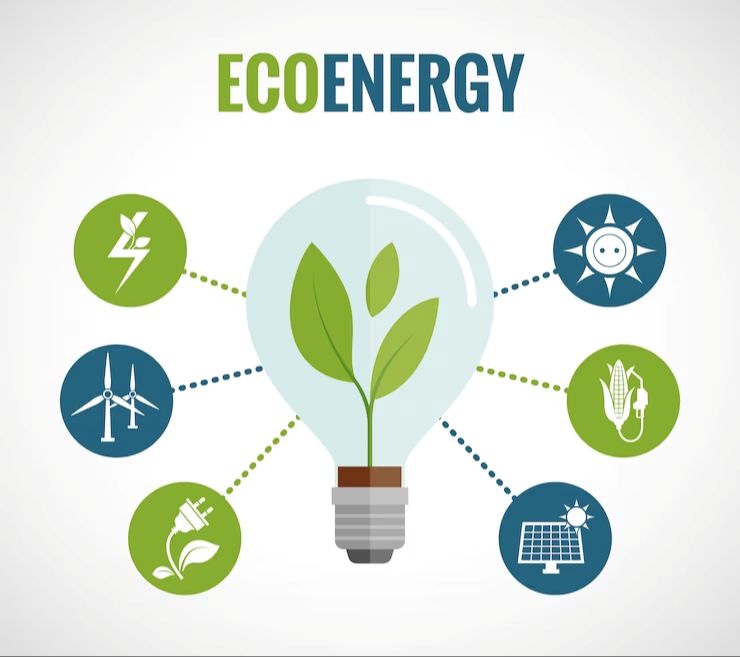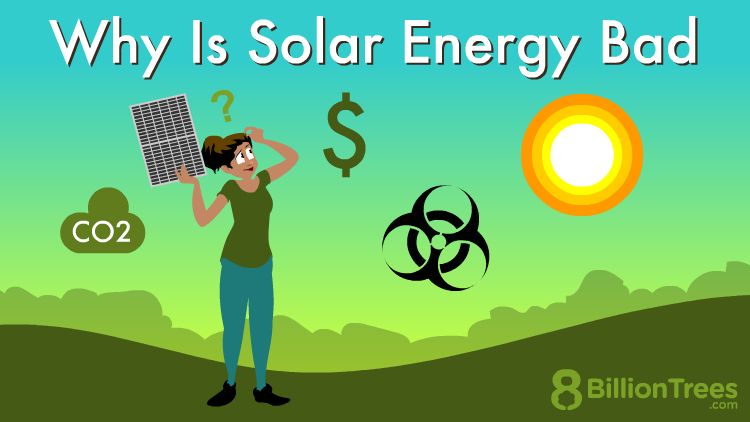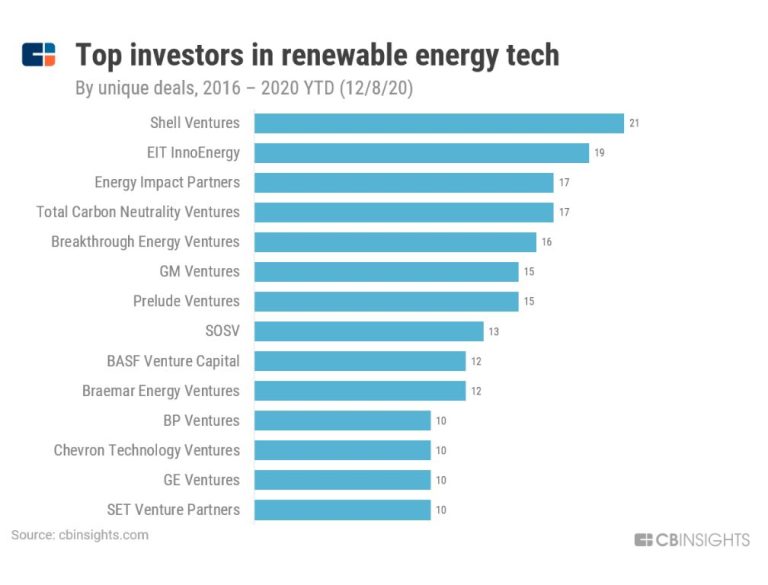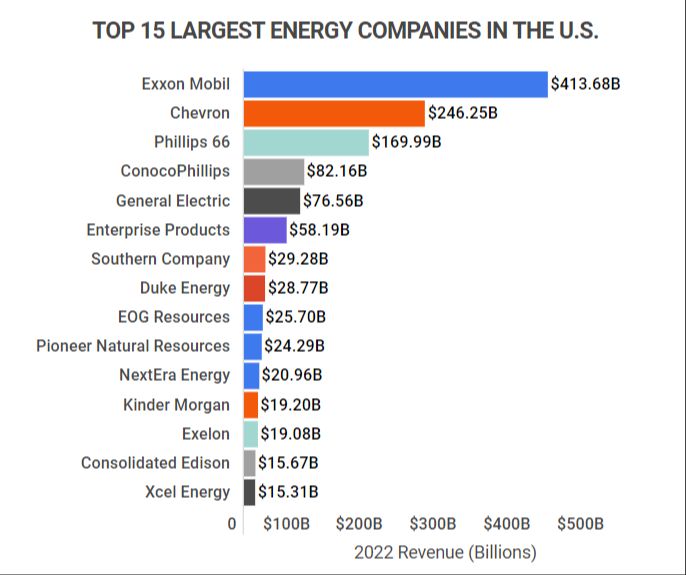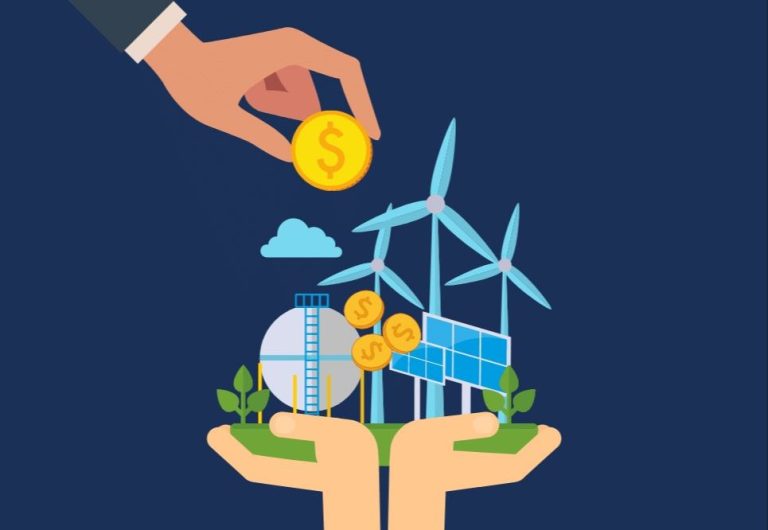Are There Any Hazards Associated With Renewable Energy?
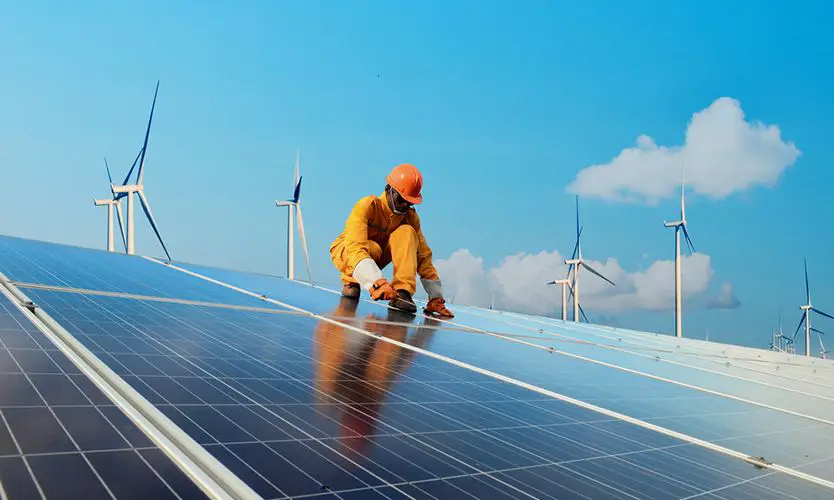
Renewable energy sources such as solar, wind, hydropower, geothermal, and bioenergy are experiencing rapid growth around the world. According to the International Energy Agency (IEA), renewable energy sources accounted for over 42% of global electricity generation in 2028, with wind and solar PV doubling their share to 25% (IEA). The IEA further reports that renewable electricity capacity is projected to reach 4,500 gigawatts (GW) in 2023, continuing its record-breaking growth trajectory (IEA). The main drivers behind this growth are falling technology costs, supportive government policies, and increased competitiveness compared to fossil fuels. While renewables offer environmental benefits, their rapid expansion also introduces potential hazards that must be carefully managed.
Solar Energy
There are some safety concerns with solar panels due to toxic materials used in manufacturing them. Many solar panels contain toxic heavy metals such as lead, cadmium and chromium, as well as a range of organic chemicals [source]. These heavy metals can leach out and contaminate the soil and waterways if the solar panels break during transport or installation or are improperly disposed of at the end of their lifecycle [source].
The amount of toxic materials in modern solar panels has greatly declined over the years as manufacturers strive to use less harmful chemicals. For example, SunPower has reduced the amount of lead in their panels by over 99.8% since 2007 [source]. Proper recycling and safe disposal of solar panels is critical to prevent any remaining toxic materials from leaching into the environment. Most panels can be recycled safely today.
Wind Energy
Wind turbines can produce noise pollution that impacts local communities. The primary sources of noise are mechanical sounds from the turbine components and aerodynamic sounds generated by the blades moving through the air (source). The level of noise depends on factors like turbine design, wind speed, and distance from the turbine. Strategies like appropriate siting, noise barriers, and blade designs adapted from owl wings can help mitigate noise (source).
Wind turbines can also negatively impact wildlife like birds and bats through collision fatalities and habitat disruption. Careful site selection, turbine design modifications, and curtailing operations during key seasons can help reduce wildlife impacts (source). There are tradeoffs between wind energy development and wildlife protection that must be balanced through research, policy, and regulation.
Hydropower
Hydropower has been criticized for its disruptive impact on natural habitats and wildlife. Dams built to create reservoirs for hydropower flooding can force communities to relocate and destroy ecosystems that serve as habitats for fish and other species.[1] According to one study, hydroelectric dams account for the extinction of many freshwater species due to the loss of river habitats.[2] Environmental advocates argue more needs to be done to protect wildlife and compensate displaced communities when developing new hydropower projects.
[1] https://www.techtimes.com/articles/162289/20160601/research-links-hydropower-dams-to-species-extinction.htm
[2] https://www.bartleby.com/topics/hydropower/12
Geothermal
Geothermal energy harnesses heat from beneath the earth’s surface to generate electricity. However, geothermal sites can release hydrogen sulfide gas, which is poisonous even in small concentrations. According to the BLM report, “Geothermal hydrogen sulfide emissions, the main pollutant of concern, can be controlled through abatement technology when present.”
Hydrogen sulfide is often detected near geothermal sites like Rotorua, New Zealand. As noted on The Bitesized Backpacker, “A common nickname for Rotorua is the “Sulphur City”, due to geothermal hydrogen sulfide emissions which can be smelled throughout the city.” Proper precautions are necessary to mitigate risks from hydrogen sulfide at geothermal plants and surrounding areas.
Bioenergy
Bioenergy, also referred to as biomass energy, is derived from organic matter such as wood, crops, manure, and some waste materials. While bioenergy is considered a renewable energy source, its use does have some consequences on air pollution and land use.
The burning of biomass for energy production can generate significant air pollution in the form of particulate matter, carbon monoxide, nitrogen oxides, volatile organic compounds, dioxins and other hazardous air pollutants (Pollution from Pennsylvania’s Biomass Energy Sector). These pollutants contribute to smog, acid rain, and negative health effects. Pollution control technologies can reduce emissions, but not eliminate them entirely.
Increased demand for bioenergy feedstocks can also lead to land use changes, such as clearing forests to plant energy crops. A meta-analysis found that bioenergy production on agricultural lands had net negative effects on biodiversity due to habitat loss and homogenization (Donnison, 2021). Sustainable practices and careful site selection is necessary to minimize the impacts of land use changes.
Safety Hazards
Working with renewable energy can pose various safety hazards that need to be addressed. Some of the main risks include electrical hazards, fire hazards, and structural hazards.
Electrical hazards are common when working with solar panels or other electrical components. Workers can be exposed to electric shocks, burns, and arc flashes which can cause severe injuries or death (OSHA). Proper electrical safety training, equipment, and procedures are essential.
Fire risks can occur with solar panels and electrical malfunctions, especially related to batteries and inverters. Overheating components, short circuits, and arc faults can ignite fires. Fire prevention, suppression systems, and training help mitigate these risks (OH&S Online).
Working at heights and heavy lifting are common in wind turbine and solar farms, posing fall and structural hazards. Safety harnesses, equipment inspection, rigging procedures, and training on working at heights are important precautions (Renewable Energy Magazine).
Waste Disposal
The growth of solar energy has led to challenges with end-of-life disposal and recycling of PV panels and batteries. Currently there are no national regulations or industry standards for solar panel disposal in the United States (Regulation and Management of Solar Panel Waste). When solar panels reach end of life after around 20-25 years, they create electronic waste that contains hazardous materials like lead and cadmium. Most solar panels end up in landfills because recycling is still limited and costs are high (Responsible End-of-Life Management Disposing of Solar Panels Ethically).
Similarly, lithium-ion batteries used for energy storage create disposal issues due to flammable electrolytes and toxic materials. Recycling lithium-ion batteries is complex and not economically feasible currently. More research is needed to create profitable recycling processes and expand battery collection infrastructure (A Framework for Responsible Solar Panel Waste Management in the United States). Both industry and policymakers need to prioritize responsible solar waste management and recycling.
Policy and Oversight
As the renewable energy industry grows, proper regulations and oversight are needed to ensure safety and sustainability. The rapid scaling up of renewable power has outpaced policy development in many regions, leading to gaps in regulations.
According to the SDPI report, there is a lack of a coherent national vision and coordinated policy guide for renewable energy in the United States and many other countries. Clear renewable energy policies and oversight are required for issues such as siting, grid integration, storage, and environmental impacts.
Policies should be implemented for monitoring waste disposal, emissions, land use restrictions, wildlife impacts, and local community engagement for renewable projects. Proper oversight ensures projects adhere to regulations and continue to operate safely over decades.
Regulators face a difficult task of balancing renewable energy expansion, reliability, affordability, and sustainability. With thoughtful policy and vigilant oversight, the hazards of renewables can be minimized while society continues the transition to clean energy.
Conclusion
In summary, some key hazards associated with renewable energy include safety risks for workers, waste disposal challenges, and impacts on wildlife. However, there are ways these risks can be mitigated through proper precautions and oversight.
Worker safety can be improved by implementing strict training programs, wearing proper protective equipment, and having emergency plans in place. Proper maintenance and operation procedures also minimize accidents. Waste products from manufacturing and spent parts, like solar panels or wind turbine blades, require responsible recycling and disposal to avoid environmental contamination. Siting renewable energy facilities to avoid migratory paths or critical habitat helps reduce dangers to birds and other wildlife.
Additionally, strong policy and regulations around renewable energy development enable risks to be addressed before projects begin. Thorough environmental impact assessments and feasibility studies help anticipate potential issues. Ongoing monitoring and inspections help enforce safety and environmental standards. With prudent safeguards and oversight, the hazards associated with renewable energy can be effectively mitigated.

